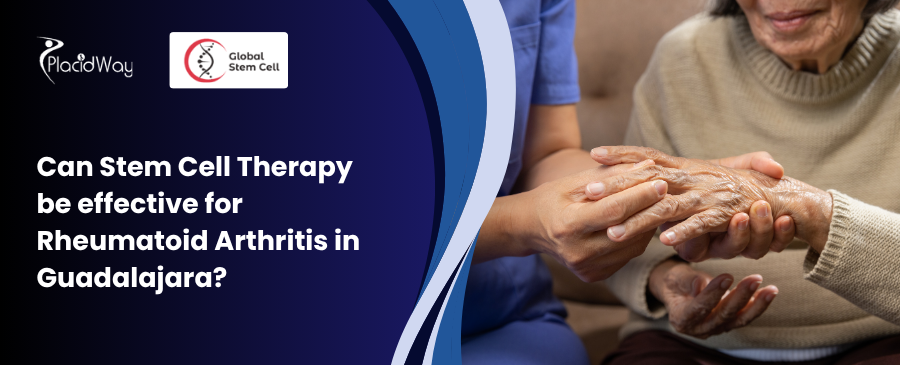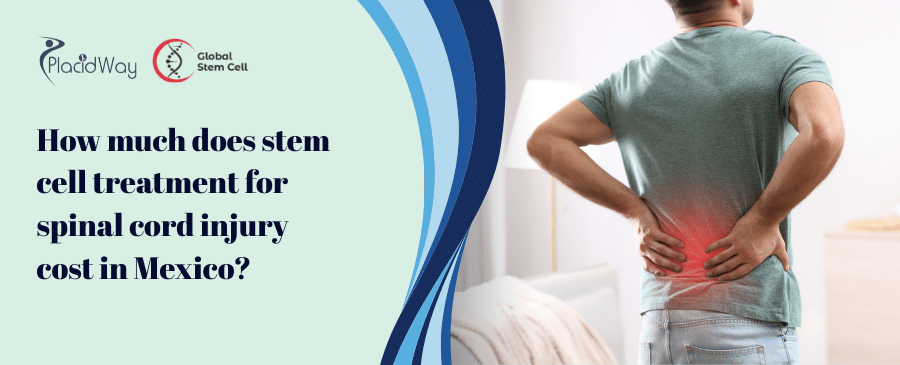Bone Marrow Stem Cell Therapies Treatment Abroad
Bone marrow treatment is a common medical method executed to correct leukemia since the 1960s. Stem cell found in the bone marrow is highly beneficial in treating various chronic diseases. Bone Marrow Transplant (BMT) is a commonly done procedure these days to treat multiple cancers that include Hodgkin’s and non-Hodgkin’s lymphoma.
Commonly used therapies in treating cancer also have extreme effects on the patient’s body. Chemotherapy, radiation and various other injections damage the healthy body cells along with the cancer cells. Hence, the body becomes weak. Bone marrow produces blood cells in our bodies. It is a soft tissue present inside the bones that is responsible for producing white blood cells or leukocytes. The pelvic bone of the body produces maximum white blood cells. Bone marrow transplantation is widely used to replace damaged bone marrow in cancer patients after they have undergone high-dose chemotherapy or radiation therapy.
Types of Bone Marrow Transplant
Bone marrow is derived from a person and is preserved for future use. In case the patient undergoes chemotherapy radiation as the part of his cancer treatment, the same bone marrow is used and inserted into his body through the use of sensitive needles. This procedure is known as autologous transplantation as the patient’s bone marrow is given back to him. Allogenic transplantation is where a different person’s bone marrow is injected into the patient. This is the procedure where the bone marrow is collected and cryopreserved for future use.
Peripheral blood stem cell transplant (PBSCT) is a commonly used method of an autologous transplant. In this process, the patient’s blood is directed through a machine to collect the stem cells from it. The stem cells from the blood are removed while it passes through the machine and is collected separately. The blood flows back to the body. The stem cells hence collected are immature cells which help to form various types of blood cells. Stem cells can be effectively used to form into muscle tissue, cardiac tissue, skin tissue, or liver tissue as well. This type of peripheral blood stem cell transplant is called apheresis. The procedure goes for as long as 4 hours or sometimes even more. However, this is the most common method used to collect stem cells for transplants.
The syngeneic procedure is the next technique of bone marrow transplants. This rare method is used only for bone marrow transferred from one identical twin to the other.
The Procedure of Bone Marrow Transplant
The procedure of bone marrow transplantation involves two people except for autologous technique. These two people are the bone marrow stem cell Donor and the recipient. The donor is put under the effect of anesthesia during the donation procedure. Multiple long needles are inserted into the back of the pelvic bone (iliac crest) of the donor to extract the bone marrow. The thick liquid bone marrow is suctioned into a needle. There is almost no risk involved for the bone marrow Donor. The person can experience general soreness at the site of needle insertions for a few days, which eventually goes away by itself.
The bone marrow collected from the donor is first filtered and then cryopreserved within a liquid nitrogen solution. It can be used later after thawing. The procedure is very similar to blood transfusion and is injected into the recipient’s body. The bone marrow cells once injected into the recipient’s body passes through the bloodstream to reach the bone marrow. The stem cells create healthy blood cells in the body within 2 to 4 weeks of stem cell transfusion.
Benefits From Bone Marrow Stem Cell Therapies
Earlier, bone marrow stem cells were only used in the treatment of leukemia. But, with the advancement of this treatment procedure, several important medical treatments have included stem cell from bone marrow for better and faster relief. Doctors can derive the unlimited amount of stem cells from the bone marrow and utilize them for the treatment of lymphoma and heart disease. Bone Marrow Stem Cell Therapies involves very less amount of risk compared to other medical procedures. Expert in this field is researching on the subject who developed the technique more in coming years.
Cost of Bone Marrow Stem Cell Transplant
Autologous bone marrow stem cell transplant costs less than the one that involves another individual in the USA. In case the recipient finds his/her own donor, the search cost may contribute to around $10, 000 to $25, 000. Once the finding is over, the next step is to perform the comparison test. Stem collection costs around $3,500 and $5,000 on an average. However, this cost may be as high as $15,000 to $50,000 if the donor and recipient are not related to one another. In the case of autologous transplants, the cost for an individual usually ranges from $50,000 and $100,000. On the other hand, allogenic transplants are much more expensive and usually range between $150,000 and $200,000 for the recipient.
Medical tourism aspirants can save nearly 70% of this expenditure if they go for stem cell therapy bone marrow transplantation at suitable medical tourism destinations. They can avail the same treatment at around $26,000 in India and many other destinations. Please contact us to know about the cost of the treatment at your preferred medical tourism destination. Also, write to us if you need any more information related to the treatment or the destination.
Doctors for Bone Marrow Stem Cell Transplants
Bone marrow transplant surgeons or oncologists execute these therapies. They are qualified and trained to perform the therapy. Oncologists and transplant doctors and surgeons are accredited through the country of origin or international accreditation and certification boards. You can click the below link and send us your queries related to bone marrow stem cell therapies.
Contact PlacidWay
Stem cell treatments, research, and technology are no longer relegated to sci-fi novels or movies. Research and development of stem cells also go way beyond the use of embryonic stem cell therapy, the potential of cloning human beings and the moral and ethical controversies surrounding such developments.







